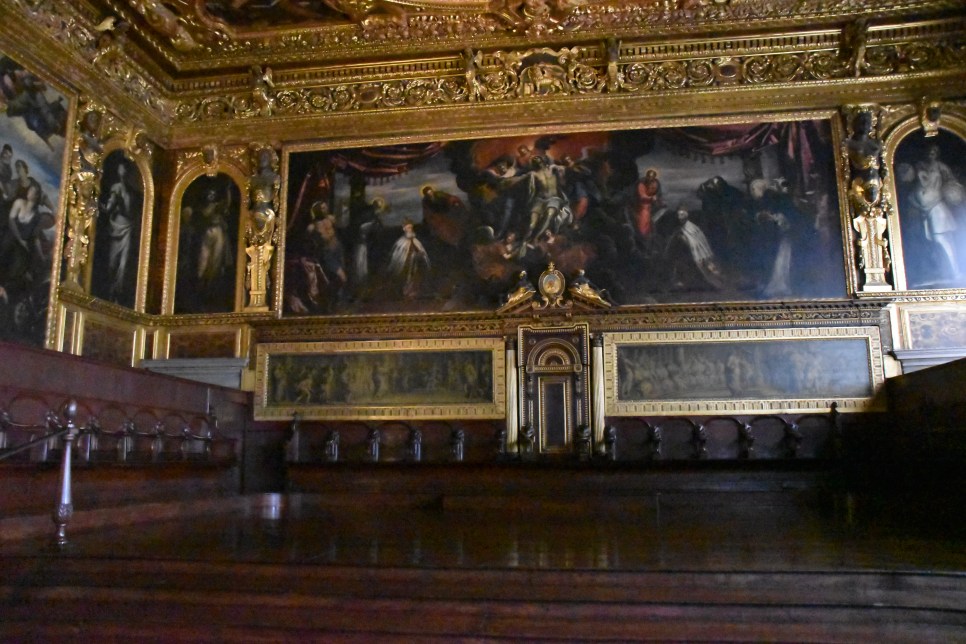
Venice is the capital of the Veneto region which is located in northeastern Italy. It is a grouping of 118 small islands with canels going thru them which are linked by 400 different bridges. There are no roads in Venice. Venice is built from the trunks of alder trees, known to be very water-resistant, that were driven into the mud and sand closely together until they reached a harder layer of compressed clay. Then onto these piles Istrian limestone plates, which is dense and water-resistance, where placed for foundations of buildings to be built on top of.
Due to high tides and the fact Venice is continuously sinking at a slow rate of 1-2mm per year, which started in the 20th century some older buildings the ground floor is submerged in water and not reachable. During high tide season from Autumn to early spring there is flooding around the city. There is a project underway to be completed by 2022 called the MOSE Project and is a system of hollow floatable mobile gates at the inlets that temporarily protect the Venetian lagoon from the high tide of the Adriatic Sea. Also paving, reinforcement of the coast, and raising of the quaysides, the platforms or docks where people get on and off, are all part of system to protect the lagoon.
From the train you can cross bridges to get to where you are staying if it’s within walking distance otherwise you can take a water taxi.
It was too rainy and cold to do a gondola ride even though I did see a couple of people do it with umbrellas but they didn’t look to happy. Even the next day it was cold and just cloudy but still everyone we saw taking a gondola ride didn’t seem happy to be on one I’m not sure if it was to long of a ride or because it was cloudy so I opted out of taking one.
From our bed and breakfast which was close to the train station to Piazza San Marco there was lots of restaurants, pizza, dessert, gelato, clothes, and melano jewelry places along the route no matter which direction you took to get there.
We ate some of the best pizza at Rossopomodoro, pictured below, which makes the pizza in a wood fire oven which was suggested by one of my co-workers to try this place and l’m so glad we did. The atmosphere was so relaxed that we enjoyed drinks even after we were finished eating.

St. Mark’s Basilica

St. Mark’s Basilica was the chapel of the Doge, which was like a magistrate of Venice, until 1807 when it became the cathedral church of the Roman Catholic Archdiocese of Venice. One of the best known churches for it’s Italo-Byzantine architecture.
It’s free to enter, however if you want to see the famous treasure it costs 3 euros and the museum and balcony are another 5 euros. You can’t take bags or backpacks in. They will stop you and tell you to take them to a place a little bit away to have them keep your bag for you. It’s free but they give you a ticket that’s only good for an hour. If you have other people in your party that didn’t have any bags they let them wait for you at the entrance instead of making you go to the back of the line. It was a pretty big line but it moved fast. It took us about 30 minutes to get to the front. No photos or videos are allowed to be taken inside and they do have people watching. The Treasure Room was interesting to see.

Doge’s Palace or Palazzo Ducale

Residence of the Doge of Venice. Most interesting part was the secret pathways in the above counsel chamber. There is a prison chamber that you could walk thru with cells with wooden doors.

